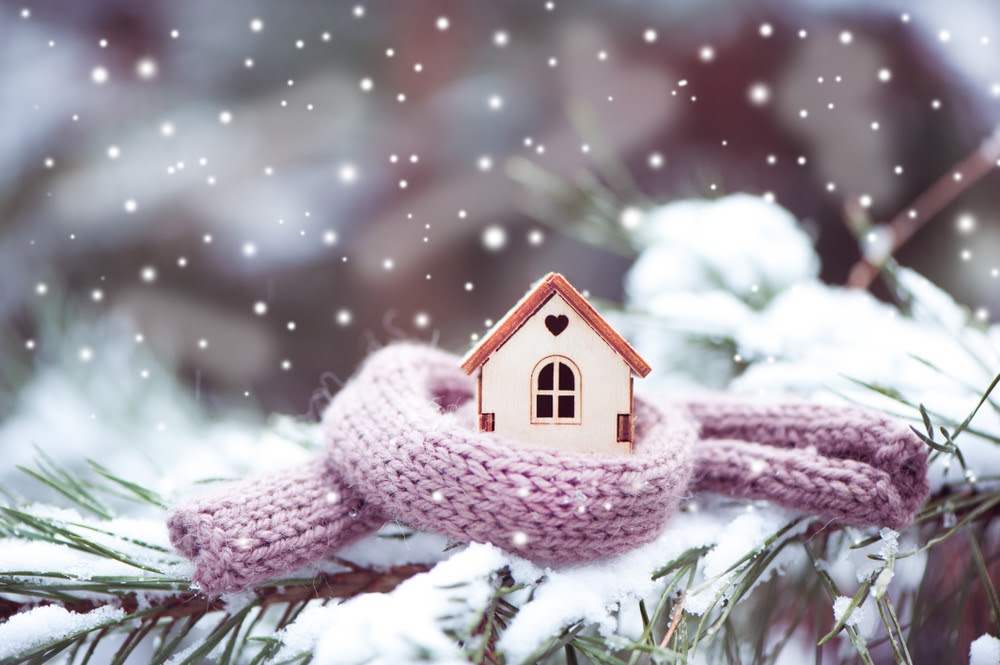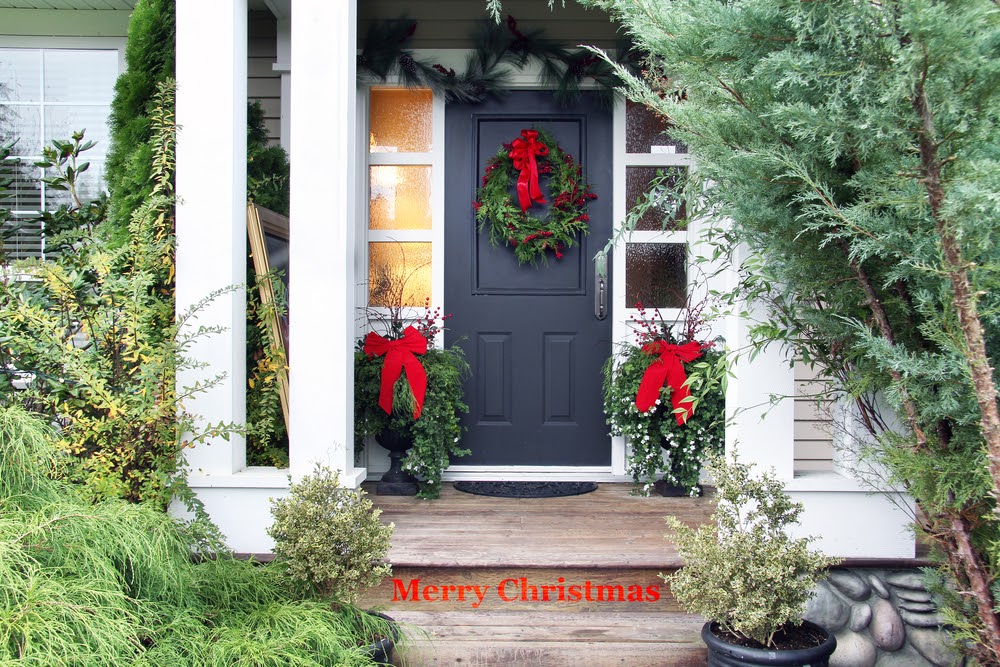How to Winterize Your Sprinkler System
Many homeowners use sprinkler systems to keep their lawns and garden green and lush during the parched summer heat. However, once the crisp autumn temps start to fall at night, homeowners need to begin prepping their sprinkler for the oncoming freezing temps of winter.
Here’s how to winterize your sprinkler system before the freezing temps become an issue and that frost wreaks havoc on your system.
DIY Winterization
Homeowners can winterize their own sprinkler systems (they can also DIY the entire sprinkler installation process). However, this isn’t necessarily a quick and easy job—unless you know what you’re doing.
To DIY the winterization process, you will need a compressor to blow the water out of the system. The Family Handyman explains that a typical compressor won’t be powerful enough to clear the entire system, so homeowners will need to clear the lines “zone by zone.”
The Family Handyman explains that homeowners need to “Close off both valves on the backflow preventer.” Then homeowners should connect the hose of the air compressor to the blow-out port (the site notes an adapter will be necessary). Obviously, the hose has to attach to the compressor, too!
The air pressure regulator on the compressor is an important adjustment for the winterization. Per The Family Handyman, the air pressure should be adjusted “…to a maximum of 80 psi for rigid PVC pipe systems, or 50 psi for flexible black polyethylene pipe.” When blowing out each line zone, the water should be OFF! How do homeowners know when the line is clearing? According to The Family Handyman, the sprinkler heads will pop up and spew water!
Confused? If you need exact instructions, The Family Handyman has the full details. But if homeowners don’t feel confident in DIY, they may want to hire a pro.
Professional Winterization
Homeowners can hire a sprinkler company to winterize the system. Thankfully, the price for winterization isn’t too high. Fixr reports that the average cost is around $80. Homeowners can call different sprinkler/irrigation companies in their area to find the best price.
What Happens if You Don’t Winterize a Sprinkler System?
Homeowners might not want to winterize their system, others may forget. Is winterizing necessary? Can it damage the system?
Ewing Irrigation explains that if homeowners fail to winterize their sprinkler system, freezing temperatures can crack pipes, damage sprinkler heads and break the valves. The winter destruction could result in some serious repairs…and cost serious money!
Whether a homeowner winterizes their system or hires a pro, the system needs to be cleared and prepped before the winter temps drop too low.

Winterize the Home, Too.
Homeowners prepping their sprinklers for winter also should prep their home, too. Falling temperatures lead to other issues around the home. Prepare for winter’s onslaught of cold by conducting an outdoor home audit while the temperatures are still a bit balmy.
What else needs to be ‘winterized’ around the home? Homeadvisor’s Winterization Checklist includes these must-do tasks:
- Clean gutters and install leaf guards
- Check for air leaks around doors and windows (seal windows and cracks to keep cold out!)
- Check and/or replace the air filter in the HVAC
- Schedule an HVAC checkup (just to make sure everything is working well!)
- Seal the deck
- Have the chimney cleaned
- Inspect the roof for any weak areas or damage (hire a pro)
Homeowners also should be prepared for winter by stocking up on needed supplies like shovels and ice melt (or salt). When the weather starts to drop significantly, homeowners also should adjust the temperature on the HVAC. In winter, the thermostat should be set to 68 degrees Fahrenheit; this ensures maximum energy savings.
Fall may be the ideal time to upgrade the home’s insulation, too. If homeowners notice that the home is drafty, there may be inadequate insulation in the attic or walls. Upgrading insulation also can save money and energy. Without proper insulation, cool air can leach into the home and cause the HVAC to work overtime. Insulation also keeps out pesky outside noises, too.

A Winter-Friendly Landscape
Dropping temperatures and winterized sprinklers don’t spell the end for luscious outdoor landscapes. While summer and spring blooms have long faded, homeowners can keep their yards looking great by choosing greenery that endures harsh temperatures.
House Beautiful recommends planting snowdrops, pansies, winter jasmine, and, of course, holly bushes, among many other beautiful plants. During winter, the garden can still grow and bloom; winter gardens also may be a bit less fastidious than the warm-temperature loving summer blossoms. Embrace winter by decorating doors with festive evergreen wreaths bedecked in the festive winter hues.
As autumn is showering many parts of the country with colorful leaves, homeowners living in areas subjected to harsh winters need to begin preparing their home and their sprinklers for falling temperatures. Winterizing sprinklers helps ensure that the system won’t be damaged by freezing weather, and preparing the home now means homeowners may save money in the future. Use fall as a time to sweep through the home to insulate all areas against the threat of snow, sleet, freezing rain and polar-like temps!


